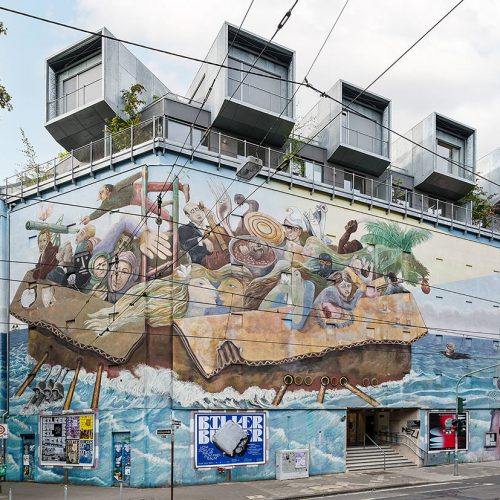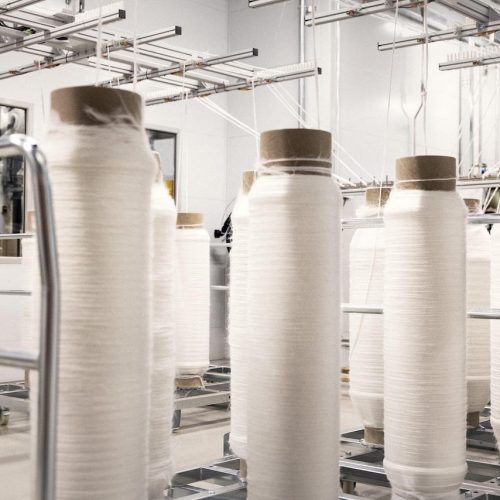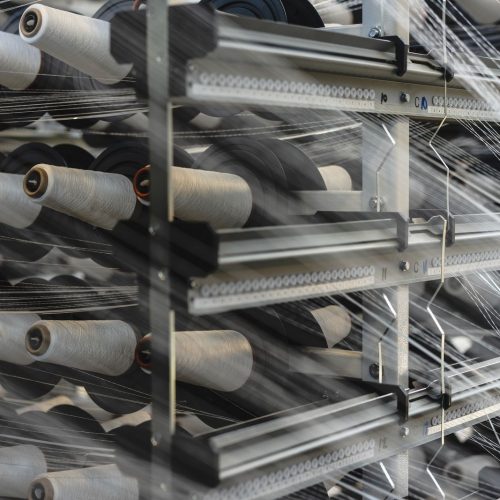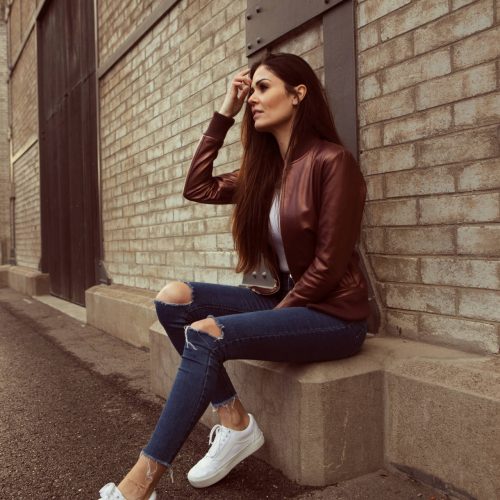Is Dior Really Sustainable? | Sustainable Luxury Series
Climate change is at a breaking point, it has never been more important to take into consideration the impact of what we do, and what we buy; especially who we buy it from. Have you ever wondered how sustainable Dior is? We did, and today we will share our findings with you.
To receive the Luxiders newsletter, sign up here.
Christian Dior founded his Maison in the middle of the post-war chaos in 1947; and since the beginning it was a symbol of women's empowerement. His first collection, presented to editors at his Parisian townhouse, was a response to the end of rationing and the war. The 90-piece collection was defined by structured silhouettes, defined waists, and full bodied skirts and dresses. Such indulgent views made Dior a quick success. Couture fashion design, accessories, perfume and beauty products define the French Fashion House.
Dior is part of the fashion conglomerate LVMH, which leads all the environmental efforts made by all the Maisons under its umbrella. Nonetheless, each House draws on its own in-house expertise on environmental matters. While the sustainable reports and plans of LVMH were easy to find; unfortunately, Dior’s weren’t.
LVMH launched LIFE on 2020, its own environmental roadmap for the years to come, that is focusing on: Protecting biodiversity, Fighting climate change, Circular Economy, and Transparency. Although we could not find any of Dior’s roadmaps or sustainable reports; we did come across some of its initiatives, that show (at least a bit) the brand path towards sustainability, equality and celebrating women.
BEAUTY AS A LEGACY
In the Beauty as a Legacy initiative launched earlier this year, Dior deploys the sustainable endeavors that have been done over the decades. Since 2006, Dior has been dedicated to restoring the Grasse region with the help of female flower cultivators. Dior has recently promised to restore and replant La Petite Provence, a planted area in Jardin des Tuileries by 2022; and has also financed the planting of 600 rose bushes in the Queen’s Grove at Versailles in 2021.
The initiative gravitates around four pillars: women's empowerment, regenerative farming, responsible Beauty, and eco-design. Nowadays, Dior sell refill containers, for example in its popular Rouge Dior lipstick, and the Sauvage perfume. By 2022, the House plans on extending its eco-design for all its lipsticks. The eco-design efforts extend to all its boutiques, which design with a minimum environmental impact in mind, according to Dior.
WOMEN AND DIOR
As we mentioned before, since the beginning Dior was perceived as a tribute to women; starting with Christian Dior’s own sister, Catherine Dior, a member of the resistance who survived deportation. In order to support women all around the world, the House founded in 2017 the Women@Dior initiative, a program aimed to mentoring young women from underprivileged countries. #DiorStandsWithWoman was another campaign launched by the Maison, to celebrate strong and engaged femininity with portrait of remarkable women. Inspired by Dior’s love of gardening, Maria Grazia Chiuri recreated a forest for the Spring Summer 2020 Paris Fashion Week, with trees that were after the shown replanted again in the Paris region, in order to preserve and enrich the biodiversity of the Area. The legend “planting for the future”, was hanging in sings from the many trees.
IS THIS ENOUGH?
Well to answer te question quickly and to the point: we believe it is not. Among the sustainable efforts made by Dior, we also found some concerning remarks. According to the Fashion Revolution’s Fashion Transparency index of 2021, Dior was among the least transparent of the major retailers. The Fashion Transparency Index is a ranking made by Fashion Revolution to tackle slavery and forced labour. The Index is ranked in numerical order by a score out of 250, shown as rounded up percentage. Dior scored 22%, below the average of all major brands (23%).
The lowest ranked category by Dior was Traceability; and that mirrors one of the biggest problems of the fashion industry: the lack of information about the first stages of production. These stages usually take place in countries where forced labour and slavery, sadly, continue to happen even today. China Labor Watch, an independent non-profit organization, found out in 2014, that major labor violations were taking place in a factory located in Guanlan, Shenzen (China). The factory manufactured mainly cosmetic brushes for multination brands, one of them being Dior. Among the violations, there was an excessive amount of overtime during days, six working days (seven days during busy seasons), and there was a report about violence against one of the female workers.
Even though we celebrate each and every sustainable effort, we wish we could see more detail in Dior’s sustainable reports, to make a more in-depth analysis. Along with the lack of information about the first stages of production, Dior continues to use fur and exotic animals in their products, like Angora wool. We hope that in the future, major Fashion Houses such as Dior display their sustainable efforts with more clarity.
- Image Header © Jessica Weiller via Unsplash

+ Words: Leila Salinas, Luxiders Magazine
Journalist | Berlin-based
Connect with her on LinkedIn or Instagram (@leisalinas)




